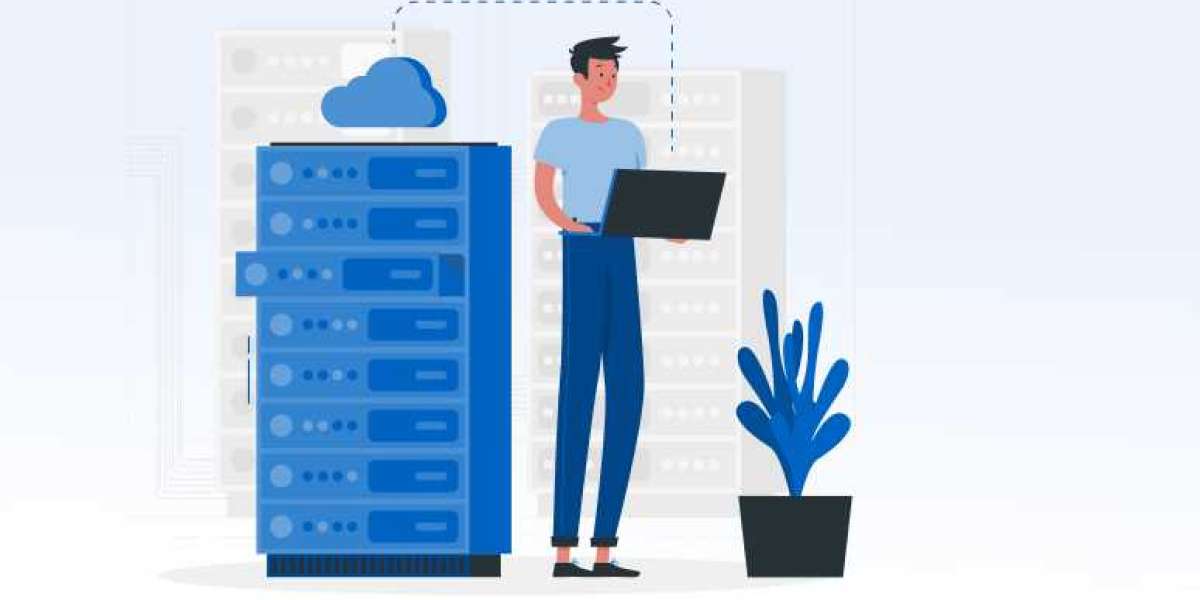Introduction
In today's digital age, healthcare systems worldwide are embracing innovative technologies to streamline operations and enhance patient care. One such advancement is the implementation of Electronic Medical Records (EMR), revolutionizing how patient information is documented, accessed, and utilized within healthcare settings. This article delves into the realm of patient EMR, shedding light on its significance, benefits, implementation strategies, and common queries surrounding its adoption.
Understanding Patient EMR
Patient EMR: A Gateway to Enhanced Healthcare Efficiency
Patient EMR, also known as Electronic Health Records (EHR), refers to digital versions of patients' medical histories, treatment plans, diagnoses, medications, allergies, immunization dates, radiology images, and laboratory test results. Unlike traditional paper-based records, EMRs offer a comprehensive and centralized platform for healthcare providers to access real-time patient data securely.
The Benefits of Patient EMR
Optimizing Healthcare Delivery and Patient Outcomes
Improved Accessibility: Patient EMR enables healthcare providers to access vital patient information promptly, facilitating quicker decision-making and enhancing the quality of care.
Enhanced Coordination: With EMRs, multiple healthcare providers involved in a patient's care can seamlessly collaborate, ensuring continuity and consistency in treatment plans.
Efficient Documentation: EMRs streamline the documentation process, reducing errors associated with manual data entry and enabling accurate recording of patient information.
Implementing Patient EMR Systems
Navigating the Transition to Digital Healthcare Records
Assessment and Planning: Healthcare organizations need to assess their current workflows, infrastructure, and staff training needs before transitioning to EMR systems.
Vendor Selection: Choosing the right EMR vendor is crucial, considering factors such as system compatibility, customization options, scalability, and ongoing support.
Training and Integration: Comprehensive training programs should be provided to healthcare staff to ensure seamless integration and effective utilization of EMR systems.
Addressing Concerns and Challenges
Overcoming Barriers to Patient EMR Adoption
Data Security: Ensuring robust security measures, such as encryption protocols and access controls, is essential to safeguard patient confidentiality and prevent data breaches.
Interoperability: Interoperability issues between different EMR systems pose challenges to seamless data exchange and continuity of care, emphasizing the need for standardized protocols.
User Resistance: Resistance to change among healthcare professionals is common during EMR implementation. Effective change management strategies and continuous support can mitigate such resistance.
FAQs (Frequently Asked Questions)
1. What is the primary purpose of patient EMR? Patient EMR serves as a centralized digital repository for comprehensive patient health information, facilitating efficient healthcare delivery and informed decision-making.
2. How secure are patient EMR systems against unauthorized access? Patient EMR systems employ stringent security measures, including encryption, access controls, and regular audits, to safeguard patient data from unauthorized access and cyber threats.
3. Can patient EMR systems be accessed remotely? Yes, many patient EMR systems offer remote access capabilities, allowing healthcare providers to retrieve patient information securely from any location with internet connectivity.
4. Are there any privacy concerns associated with patient EMR? Privacy concerns regarding patient EMR mainly revolve around data security and unauthorized access. However, robust security measures and compliance with healthcare regulations help address these concerns.
5. How does patient EMR contribute to healthcare efficiency? Patient EMR streamlines various healthcare processes, such as documentation, communication, and decision-making, leading to improved efficiency, reduced administrative burden, and enhanced patient outcomes.
6. Can patient EMR systems integrate with other healthcare software applications? Yes, patient EMR systems often support integration with other healthcare software applications, such as billing systems, laboratory information systems, and telehealth platforms, enhancing interoperability and workflow efficiency.
Conclusion
In conclusion, patient EMR represents a paradigm shift in healthcare delivery, offering myriad benefits in terms of efficiency, coordination, and patient care quality. By embracing and effectively implementing EMR systems, healthcare organizations can propel towards a future where data-driven decision-making and seamless collaboration foster optimal patient outcomes.








